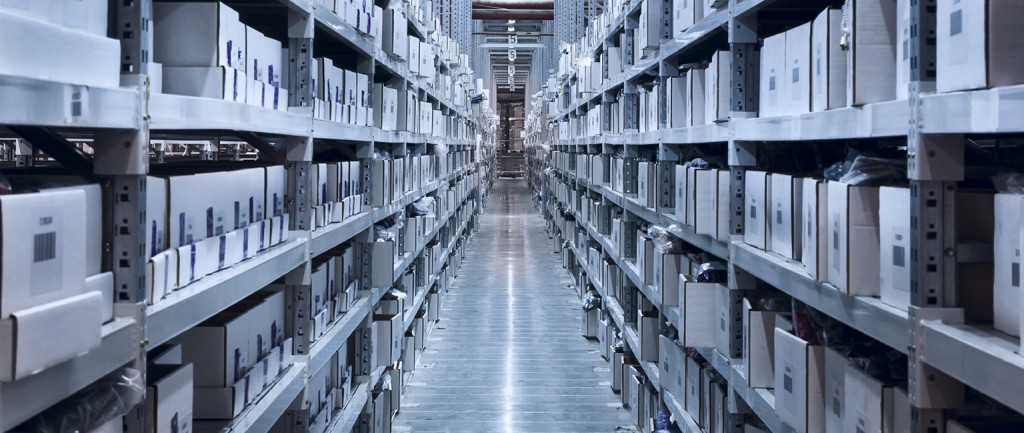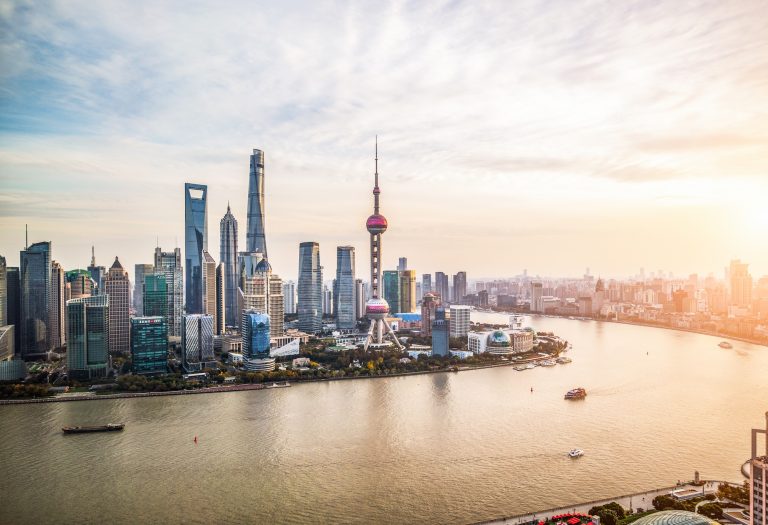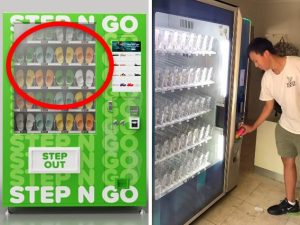Industrial warehouse space the new, big thing

As more and more retail goes online, well-located and flexible industrial warehouse space is becoming increasingly desirable and harder to find.
We spoke to the experts about recent trends in the industrial warehouse market, including what factors to take into account when searching for your perfect warehouse space.
Location is EVERYTHING!
Choosing the right location for your warehouse is a critical decision, particularly in terms of logistics.
Malcom Tyson, Colliers International Managing Director, Industrial, says the decision on where to set up your warehouse should be influenced by three factors:
- Size and scale required. Obviously the larger the size required, generally the further it will be from the CBD, on account of both availability of land and more affordable pricing.
- Proximity to infrastructure. Cost-effective proximity to customers, ports and major arterial roads are all important. In weighing up this option, road tolls, fuel and time are all accounted for.
- Real estate costs. The above factors need to be balanced with the cost of land and rent.
CBRE Regional Director, Industrial & Logistic Services, Matt Haddon agrees, saying “location is everything in logistics. The less time a product spends on the back of a truck travelling from A to B, the more profitable the contract”.
Haddon also urges investors to consider flexibility of use when looking at warehouse space. “Warehouse designs should be as generic as possible, with high internal clearance and low office components to minimise reletting time,” he says.
Haddon says these factors are “more important than the age of a building to discerning investors”.
Rise of the small to medium-sized e-tailer
A trend of recent years is the emergence of small to medium-sized e-tailers, most of whom require some form of warehousing solution.
CBRE’s Jason Edge, Senior Director of Industrial & Logistics Services, continues to see “an increase in direct enquiry from smaller to medium-sized online businesses, with a number of medium sized e-tailers committing to direct property”.
However, he notes that most of the smaller online businesses prefer to use a third party logistics (3PL) provider such as Toll, DHL or Linfox instead of investing directly in warehouse space.
“This trend is likely to continue until these businesses can clearly quantify future growth,” he says.
Malcom Tyson agrees that smaller businesses aren’t having a huge direct impact due to their preference for 3PL.
“These 3PLs have been driving the market for the last eight years, and will generally seek larger spaces where they can consolidate the operations for several of their clients. There has been a global trend to centralise warehousing and we’ve seen this in Australia too,” he says.
3PLs are very specific in their needs when seeking warehouse space. According to Tyson, “they will require adequate internal clearance, specific truck access, the right locations, sunken or raised docks”.
The giants are coming
Jason Edge says most of the significant online businesses have not taken direct property to date but “this may change in the medium term as demand increases in Australia”.
Malcom Tyson notes that many of the larger online brands have started seeking their own warehouse space. He also says that while there has been a steady increase in demand for warehouse space, it is not directly driven by the growth of online retailers.
“While online retailing grew annually by 10.7% to November 2013, overall retail spending represents 17% of GDP, down from 20% of GDP 10 years ago, so the emergence and growth of online hasn’t resulted in a spike in our spending habits, nor an increased demand in overall warehouse space,” he says.
However, he has seen “an increase in the requirements for warehouse that can cater for the logistics sector”.
Key growth areas
Malcom Tyson says locations tipped for growth in 2014 include Laverton and Dandenong in Vic, Eastern Creek, Erskine Park and Moorebank in NSW, Australian Trade Coast, Larapinta and Arcadia Ridge in QLD and Regency Park and Welshpool in SA.







